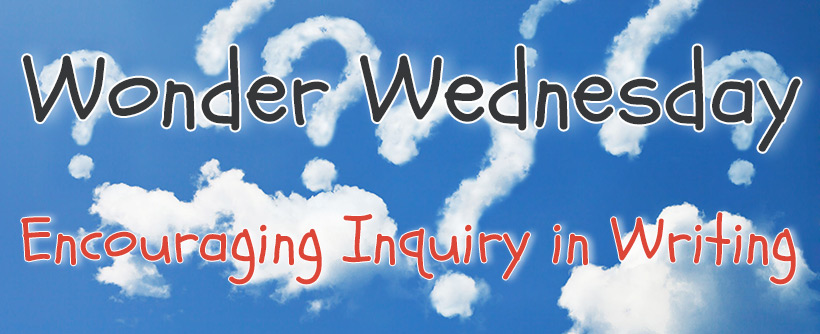
Whether you live on the east coast, west coast, or especially anywhere in between, you are familiar with the harsh winter we have all been experiencing. Temperatures have dropped at record lows where most of us live. The term polar vortex is a regular discussion in our conversations. Finally, most of us have received a fair share of snow this winter. Beyond playing in it, making snow ice cream, and anticipating its’ appearance, let’s have students explore what they are and how they are formed!

Students can find the above visual prompt in the Write About This gallery by searching the term snow. Have students select the picture and choose an appropriate prompt to start their planning.
- The best part about snow is… The worst part about snow is…
- What emotions do you feel from looking at this photo? Why do you think that happens?
- Do you believe every person is as unique as a snowflake, or is there someone else out there just like you?
Have students share their responses and discuss any similarities they hear from each other’s responses. Students can now work to generate their own main investigative question for further research. This can include questions on how snowflakes are formed, what is the math behind the snowflake patterns, why are all snowflakes unique, and so forth. Students can find additional question ideas (and further information for when they conduct their research) on Wonderopolis’ Snow Day Related Wonders: http://wonderopolis.org/wonder-year-2012/snow-day-related-wonders/ Younger students can choose one of the prompts for further research. Once students have decided on their investigative question, have them complete a KWL chart. They can then generate their research questions/topics from the “What I Want To Know” column in an I-Chart (http://www.readwritethink.org/files/resources/printouts/Inquiry%20Chart.pdf). This is a great way for students to organize the evidence they gather during their research! They can take notes in the Write About This app and add their own audio interpretations to their notes as well.
Finally, have students review their original writing response from the Write About This prompt and write a report on their chosen investigative question in the Write About This app. They may want to build upon what they originally wrote and/or tie it in to the investigate response.
There are many amazing cross-curriculum tie-ins you can integrate with this investigation including art projects, math symmetry studies, and poetry. Students will enjoy having a closer study of something they get so excited seeing falling from the sky!
CCSS.ELA-Literacy.CCRA.W.1 Write arguments to support claims in an analysis of substantive topics or texts using valid reasoning and relevant and sufficient evidence.
CCSS.ELA-Literacy.CCRA.W.7 Conduct short as well as more sustained research projects based on focused questions, demonstrating understanding of the subject under investigation.
CCSS.ELA-Literacy.CCRA.W.8 Gather relevant information from multiple print and digital sources, assess the credibility and accuracy of each source, and integrate the information while avoiding plagiarism.
CCSS.ELA-Literacy.CCRA.W.9 Draw evidence from literary or informational texts to support analysis, reflection, and research.
